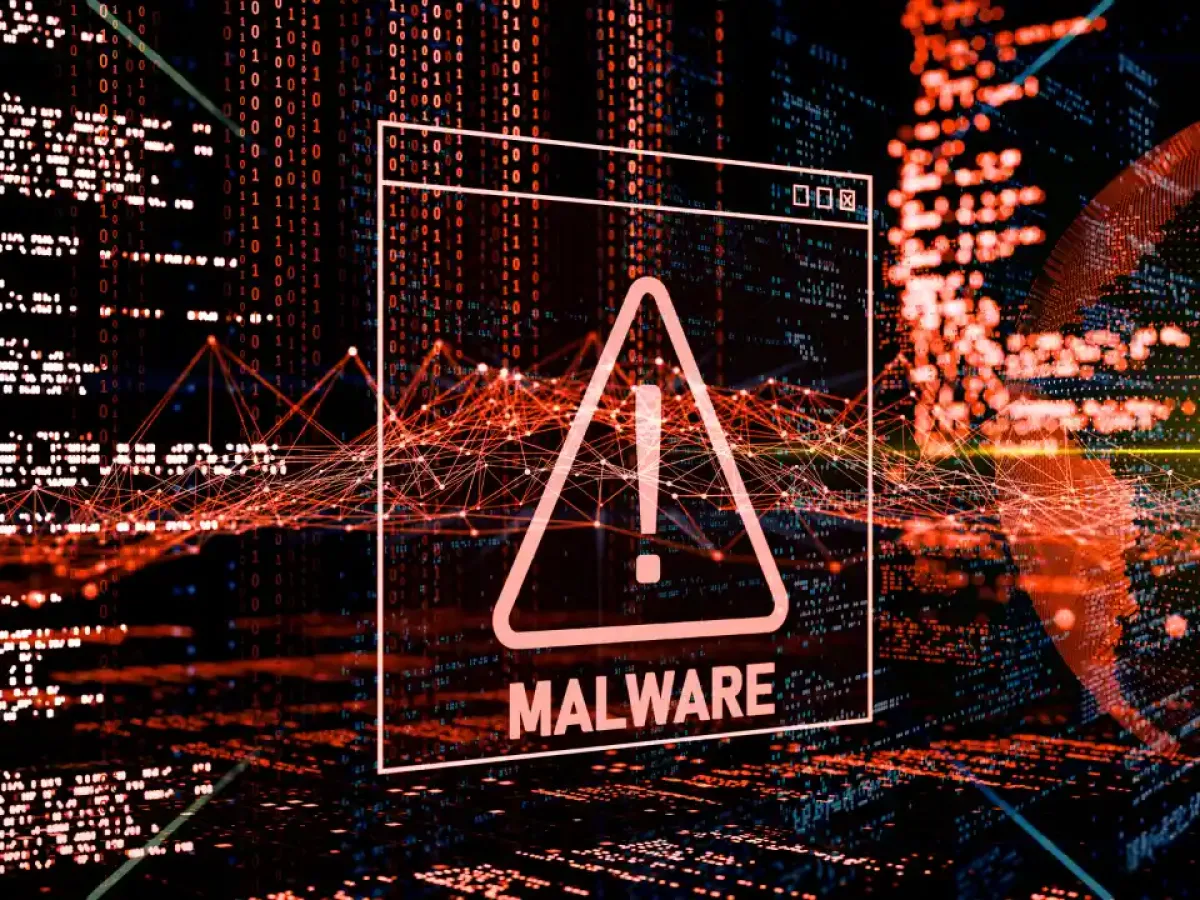Malware and computer viruses aren’t relics of the early internet era — they’re evolving, opportunistic threats that can devastate individuals, startups, and multinational corporations alike. In 2025, attackers exploit not just technical vulnerabilities but also human behavior, supply chains, and interconnected systems. Understanding the true dangers of malware is the first step toward building resilient defenses that protect privacy, finances, and reputations.
What is malware — a concise primer
Malware (malicious software) is an umbrella term for any code or program designed to infiltrate, damage, or exfiltrate data from computing systems. Viruses are one form of malware that replicate by attaching themselves to legitimate files or code. Other common categories include ransomware (encrypts files for extortion), spyware (harvests information), trojans (disguised as benign apps), and botnets (networks of compromised devices).
Note: This article focuses on impacts, detection signals, and mitigation strategies. It intentionally omits actionable exploitation techniques.
The real-world consequences of infection
A successful malware infection can trigger cascading harms across technical, financial, and reputational dimensions:
-
Data loss and exfiltration. Personal records, customer databases, and intellectual property can be stolen or destroyed.
-
Operational disruption. Ransomware or destructive malware can immobilize critical systems, halting production, sales, or essential services.
-
Financial damages. Costs include incident response, regulatory fines, lost revenue, and potential ransom payments.
-
Regulatory and legal exposure. Data breaches often lead to compliance investigations and costly litigation.
-
Long-term reputational harm. Trust is fragile — customers and partners may abandon organizations after a publicized breach.
How attackers choose targets (and why you shouldn’t feel invincible)
Attackers don’t only go after giant enterprises. They target weak links — organizations with outdated defenses, poor patching habits, or employees prone to social engineering. Even individuals who use online banking, cloud services, or smart devices are attractive targets because their credentials and systems can be leveraged in larger attacks (e.g., supply-chain compromises or botnet recruitment).
Common infection vectors — what to watch for
Rather than explaining how infections happen step-by-step, here are observable signs and common entry points that indicate elevated risk:
-
Phishing emails and deceptive links (social engineering remains the top delivery method).
-
Malicious attachments or macros embedded in documents.
-
Compromised third-party services or updates (supply-chain risks).
-
Unpatched software and exposed network services.
-
Insecure remote-access configurations and weak credentials.
-
Infected removable media or devices used across trust boundaries.
Practical prevention & hardening measures (safe, actionable guidance)
These recommendations are defensive, practical, and suitable for individuals and organizations:
-
Patch and update promptly. Keep operating systems, applications, and firmware current to close known vulnerabilities.
-
Use layered endpoint protection. Combine reputable antivirus/antimalware with behavior-based detection and EDR (endpoint detection & response) where possible.
-
Enforce strong authentication. Implement multi-factor authentication (MFA) for email, cloud services, and administrative consoles.
-
Train people, regularly. Phishing simulations and awareness training reduce the success rate of social engineering.
-
Limit privileges. Apply the principle of least privilege — users and services should have only the access they need.
-
Back up strategically. Maintain offline or immutable backups and test restores frequently to reduce ransomware impact.
-
Segment networks. Isolate critical systems and use microsegmentation to limit lateral movement during an incident.
-
Monitor and log. Centralize logs and implement anomaly detection to spot suspicious activity early.
-
Vet vendors. Include cybersecurity clauses in supplier contracts and assess their security posture.
-
Have an incident response plan. Prepare communication, technical containment, and legal steps before an attack occurs.
Detection signals — subtle signs you might be compromised
If you notice any of these behaviors, investigate promptly:
-
Unexpected spikes in CPU/network usage during idle hours
-
Unknown processes or scheduled tasks running on endpoints
-
Outbound traffic to suspicious IPs or domains
-
Multiple login failures or logins from unexpected locations
-
Files encrypted with unfamiliar extensions or presence of ransom notes
Incident response — what to do if the worst happens
A calm, coordinated response reduces damage:
-
Isolate affected systems to prevent spread.
-
Preserve evidence (logs, disk images) for forensic analysis.
-
Notify stakeholders (internal leadership, legal counsel, and affected customers if applicable).
-
Engage specialists — incident responders or forensic teams when complexity exceeds in-house capabilities.
-
Restore from verified backups only after ensuring the threat is neutralized.
-
Perform post-incident reviews to close gaps and update defenses.
The human element — cybersecurity is a people problem too
Technology alone won’t solve every risk. Cultural factors — how teams communicate, how permissions are granted, and how employees are trained — play a pivotal role. Encouraging a security-minded culture, rewarding safe behaviors, and reducing shadow IT can significantly lower your attack surface.
Future trends to watch
Without dipping into technical exploit details, keep an eye on these high-level shifts:
-
AI-assisted phishing and social engineering that create more convincing scams
-
Ransomware-as-a-service models that lower barriers for criminals
-
Device proliferation (IoT and edge devices) expanding attack surfaces
-
Supply-chain targeting that compromises trusted software/services
Conclusion — stay vigilant, not panicked
Malware and viruses are persistent threats, but they are manageable. The most effective defense is a blend of up-to-date technology, tested processes, and an informed workforce. Investing in basic cyber hygiene — patching, backups, MFA, and employee training — delivers outsized protection compared with the cost of a breach.

